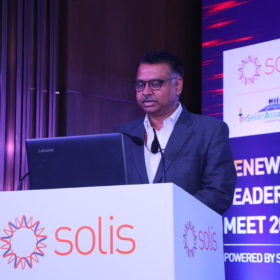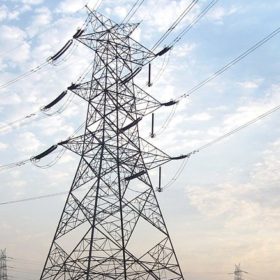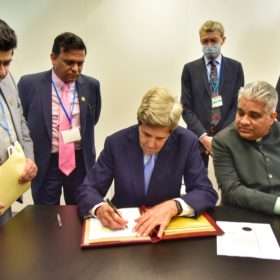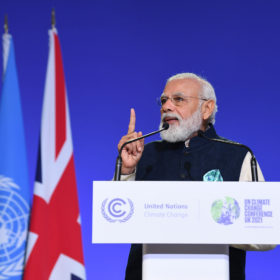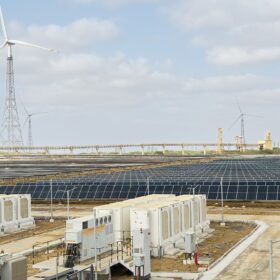“450 GW by 2030 renewable energy target ambitious but achievable”
At the Renewable Leadership Summit 2021 held recently in New Delhi, Dinesh Jagdale, joint secretary, Ministry of New and Renewable Energy, also asserted the ministry is working on addressing stakeholders’ concerns to ensure the investments keep flowing into RE capacity expansion and equipment manufacturing. The Summit, organized by Solar Association, also saw Solis launch its new-generation PV plant monitoring platform and off-grid hybrid inverters.
TATA Projects lands 120km power transmission line project in Bangladesh
The 400 kV double-circuit transmission line will run from Barapukuria to Bogura, expanding high-voltage transmission infrastructure in Northern Bangladesh. It will also facilitate 1,600 MW power transmission from a power plant based in Jharkhand to Bangladesh.
USA becomes 101st member of the International Solar Alliance
The International Solar Alliance is an international intergovernmental treaty-based organization headquartered in India that aims to reduce the cost of solar technology and mobilize finance to accelerate solar adoption in its member countries.
International Solar Alliance forms advisory committee to mobilize US$1 trillion solar investment
The advisory committee will guide the International Solar Alliance on meeting its objective of mobilizing US$ 1 trillion investment in solar energy by 2030. Committee members include representatives from leading institutional investor like Africa50, CDPQ Global, IFC, the Development Bank of Southern Africa, Capricorn Investment Group, and Temasek.
India commits to net-zero by 2070
At COP26 Summit in Glasgow, prime minister Narendra Modi also announced India’s pledge to increase its non-fossil energy capacity to 500 GW by 2030. The nation would also increase renewable energy’s share in its overall energy generation mix to 50% by 2030.
Investors bet big on renewables while solar takes on coal
Foreign direct investment’s role in bringing in finance, superior technology and other resources is undoubtedly a critical one. The Indian government has tried to create a conducive environment for enabling flow of foreign investments into the solar energy sector in the country, but the norms need to be eased further to really push the industry to its maximum growth potential.
Tata Power consolidated PAT up 36% in September quarter
The integrated power producer’s revenue from operations increased 18% to INR 9,810 crore from INR 8,290 crore in the same period last fiscal year.
Innovative financing can help India achieve solar energy goals
Funding avenues available to solar developers range from green bonds and multilateral development bank loans to infrastructure investment trusts.
Module and shipping cost inflation could cost the world 50 GW of solar next year
The input costs of the two biggest contributors to solar plant development expense have gone through the roof since the world began to come out of Covid-19 lockdowns, to leave project developers with some difficult choices.
Tender launched for 50 GWh battery cell output with subsidy support
Global bids are invited to set up giga-scale advanced-chemistry battery cell manufacturing units in India under the government’s production-linked incentive scheme. To be eligible for the government subsidy, the bidder would have to commit to setting up a minimum of 5 GWh capacity. Bidding is open until December 31.
